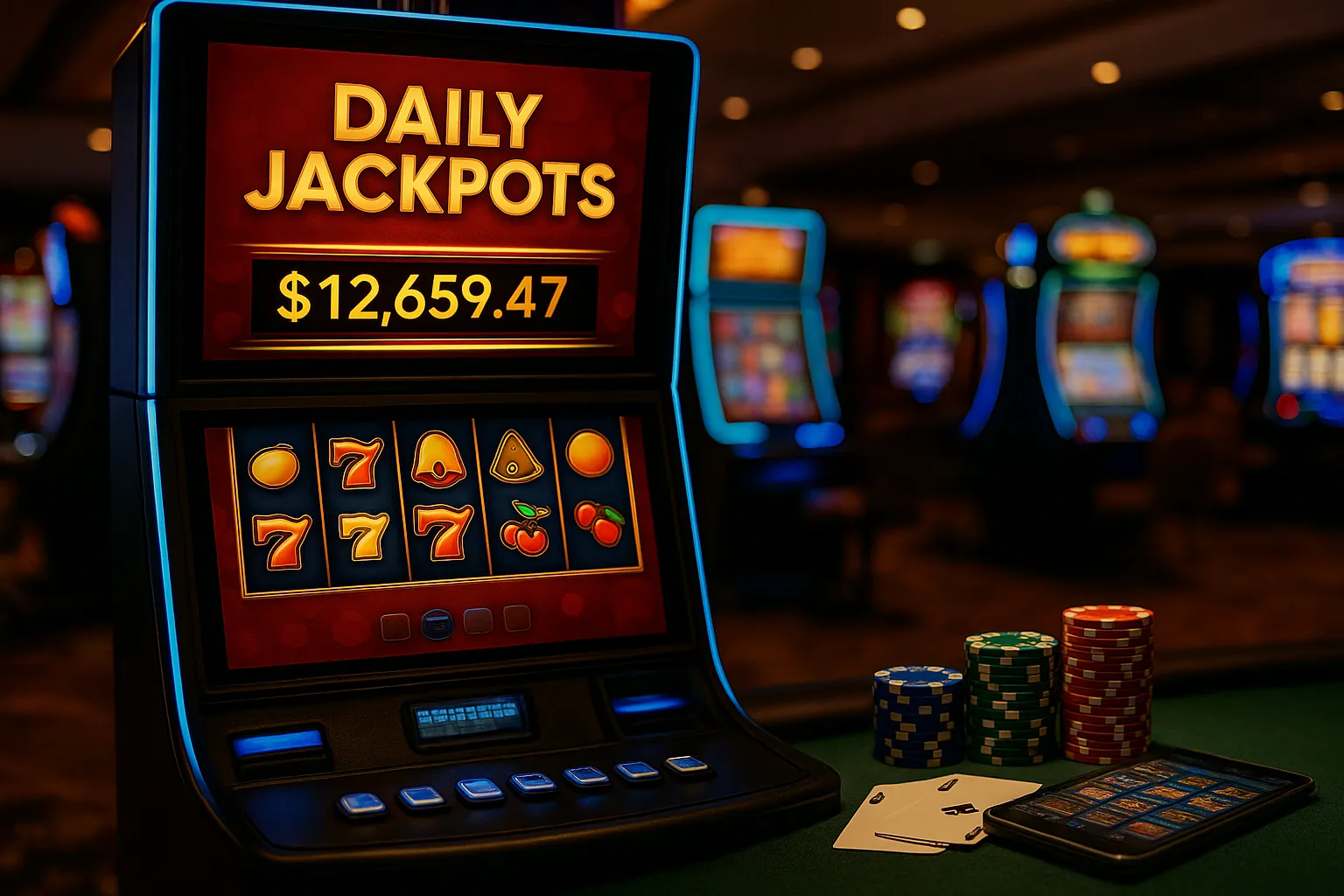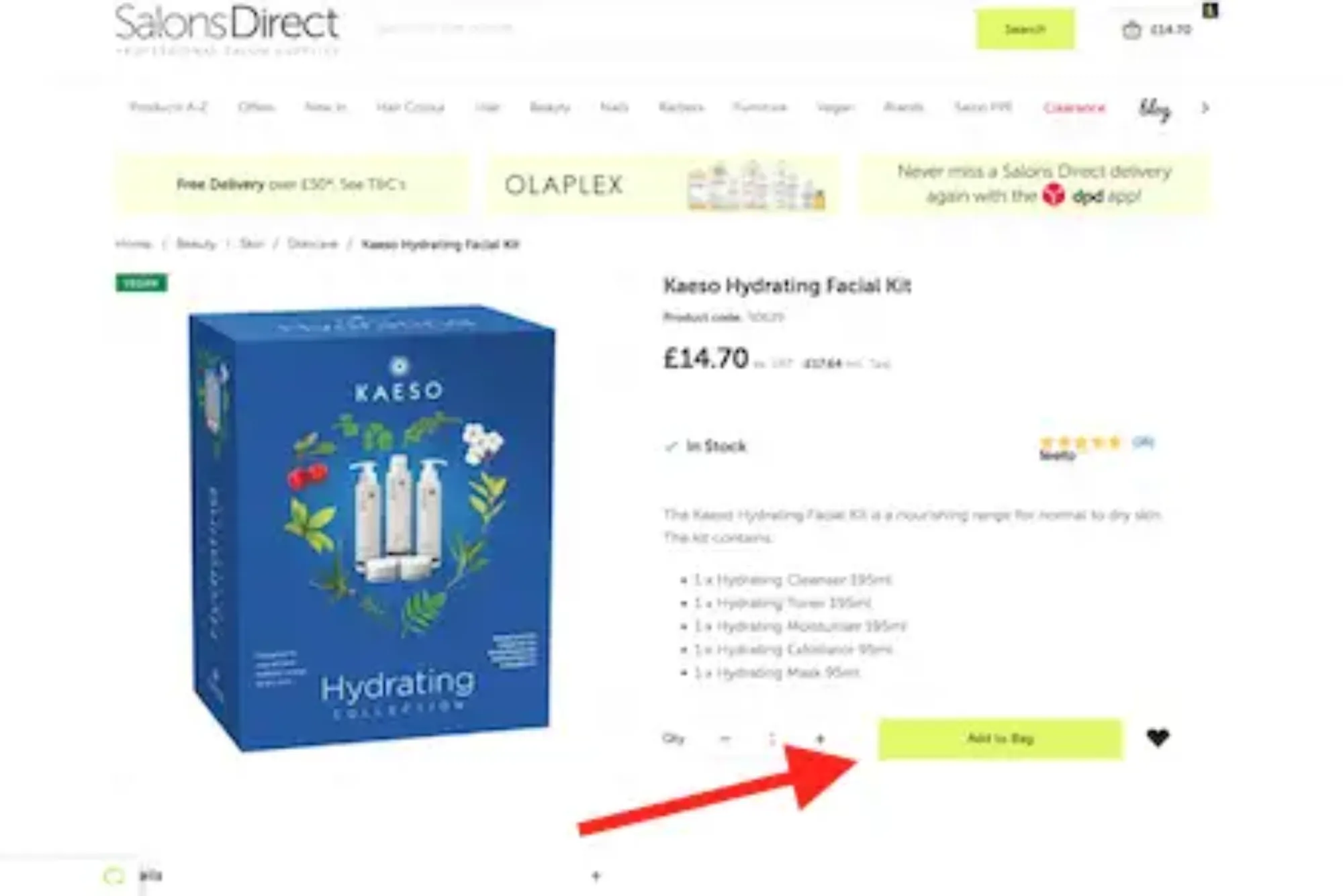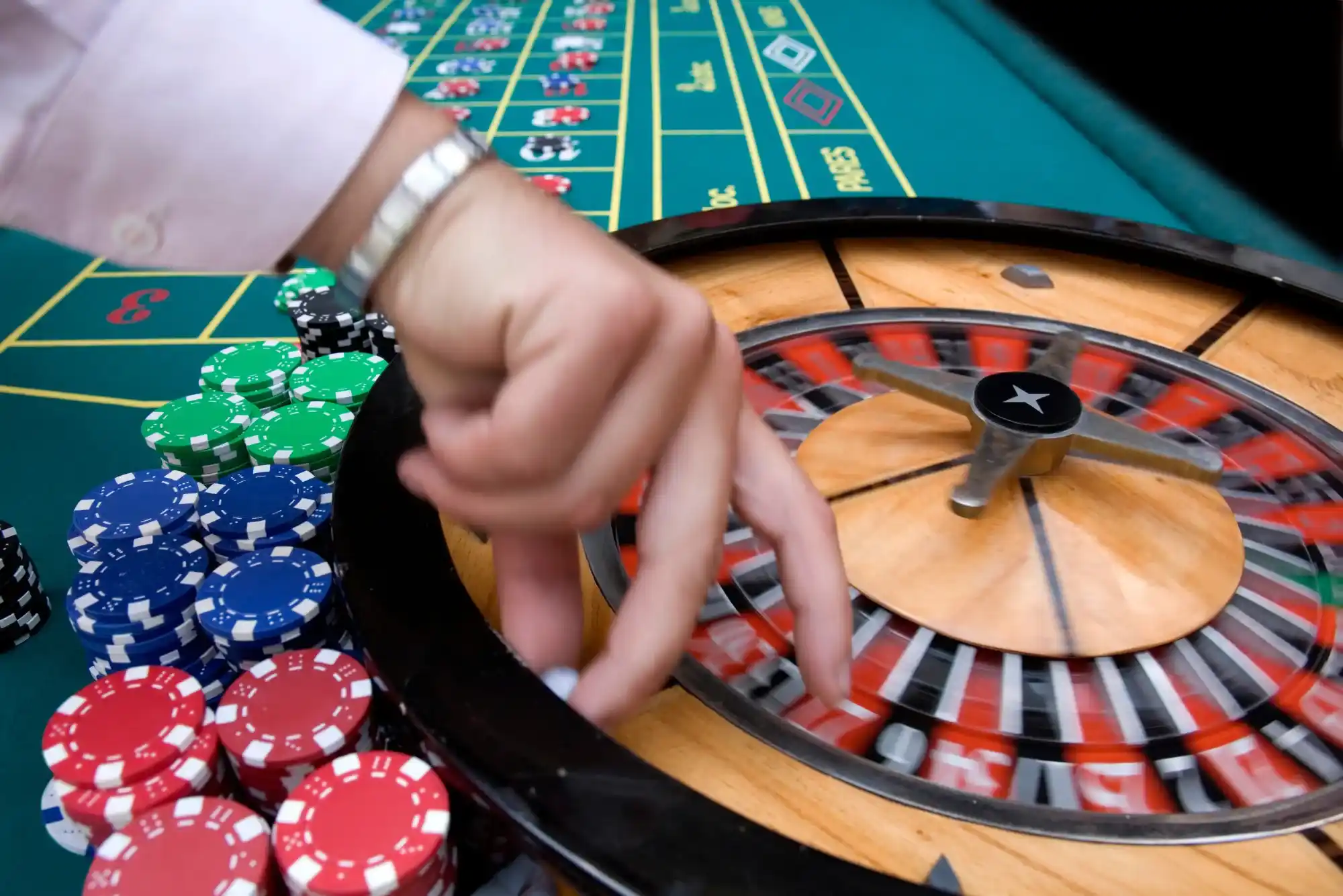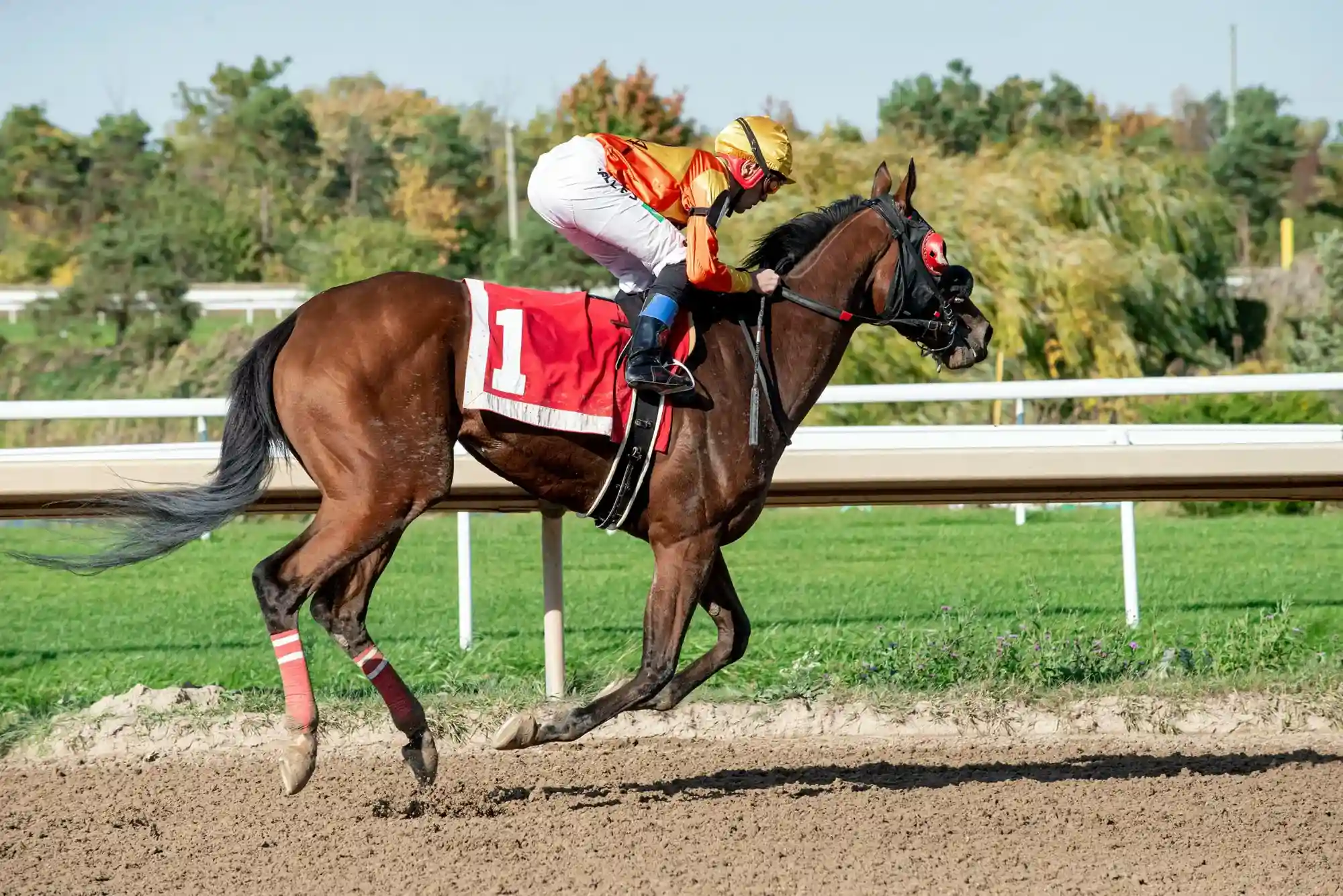Daily jackpots sound like the dream deal: a pot guaranteed to pop before midnight, versus those mega progressive pools that sometimes feel like they’ll never burst. I’ve played both types for years, kept rough session logs, and chatted with other grinders who obsess over RTP spreadsheets. The verdict isn’t as simple as “daily = better” or “traditional = bigger.” It’s about frequency versus magnitude, bankroll temperament, and how quickly you can actually get your money once you hit.
What “Daily” Really Means (and Why It Feels Friendlier)
A daily jackpot is designed to drop within a 24-hour window. Operators seed the pot every day, then let it climb until someone triggers it—often in those tense final minutes before it must legally/contractually pay. Because the timer forces a payout, you do see more frequent winners. But “more often” doesn’t automatically mean “more money” for you. The pool is smaller, and a chunk of your bet is earmarked to refill tomorrow’s prize. If you’re a time-on-device player who likes regular excitement, daily pots can be fantastic entertainment value.
I gravitate toward daily jackpots when I want consistent adrenaline spikes without committing to an epic bankroll. There’s psychological comfort in knowing the money will drop today—maybe even while you’re still in your chair. Just remember that the house balances this certainty: “must-drop” pots rarely rival the life-changing sums of a traditional progressive that’s been fattening for months.
The Hidden Math Behind “More Often”
Traditional progressives don’t have a clock. They grow with every qualifying spin across a network until RNG blesses someone. That means dry spells for ages—and then, boom, a seven-figure headline. Daily jackpots compress the variance; they still use RNG, but the ceiling is capped by time. You’ll likely see more frequent hits, yet each hit is typically smaller. Which is better depends on your risk appetite and bankroll size.
For me, the key is expectation management. If I sit at a daily jackpot slot, I’m aiming for a decent four-figure pop, not early retirement. If I fire up a wide-area progressive, I’m mentally ready to burn through a session or two before even sniffing a bonus. My spreadsheet has a simple note: “Daily = drip, Progressive = drought/flood.” Pick your weather.
Getting Paid: Why Payout Speed Matters as Much as Hit Frequency
Hitting is only half the equation—cashing out is the other. I’ve watched friends celebrate a five-figure win, only to realize the site pays them £2,000 per week. At that pace, a “big score” becomes a year-long drip that kills the buzz. That’s why I always vet betting sites fast withdrawal policies before I chase any jackpot. No point winning today if you can’t touch the funds until next quarter.
Daily jackpots tend to be smaller, so you’re less likely to crash into withdrawal caps. Traditional progressives? Different story. Before you even spin, skim the T&Cs for max cash-out limits, KYC timing, and e-wallet availability. Fast withdrawals make a daily hit feel instantly satisfying, whereas slow-pay horror stories can sour even the sweetest progressive.
Bankroll Strategy: Different Pots, Different Plans
I split my bankroll into two envelopes:
-
“Must-Drop Money” – A tighter budget chunk for daily jackpots. I expect lots of play, moderate volatility, and an outside chance of a nice boost.
-
“Mega Hunt Money” – A separate stash for traditional progressives. I accept I may walk away empty, but the upside is insane.
Separating funds keeps me honest. I don’t cannibalize my daily stash to “keep chasing” a mega, and I don’t blow my mega bankroll on low-ceiling pots just because they’re paying tonight.
Session Flow: How Daily Jackpots Change Your Rhythm
Daily pots create a distinctive arc: jackpot starts low after midnight, rises throughout the day, and goes critical mass near the deadline. Many players pile in late, believing “it’s due.” RNG doesn’t work like that—but the operator must force a drop, so studios often tweak hit probabilities as the deadline nears. If you’re an EV hunter, watch historical drop bands (forums and Discord groups track this). If you’re a casual, just know that late-day plays feel thrilling but may be crowded (higher bet volume, faster growth).
Traditional progressives don’t give you that rhythm. You can “jackpot snipe” when the number is abnormally high compared to historical averages, but the pot could still reset five minutes after you log in, leaving you back at square one.
RTP Distribution: Why Both Can Feel “Tight”
Slots publish a single RTP figure, but how they deliver it differs. A daily jackpot siphons a piece of every wager into today’s pot and tomorrow’s seed. Traditional progressives skim a cut for the big pool. Either way, a portion of your bet isn’t returning as normal line wins—it’s backing the jackpot. If you don’t hit, you’ve donated. If your session seems “dead,” that’s partly why.
Designers compensate by adjusting symbol pays, side features, and bonus frequencies. Daily jackpot games sometimes feel more generous in base play to keep you engaged until the timer runs out. Traditional progressives often feel drier until you hit the feature that can actually access the pot. Understanding that helps you avoid tilt—dead spins don’t mean “rigged,” they mean variance doing its job.
Emotional Bankroll: Which Style Protects Your Mood?
Daily jackpots can be kinder on your nerves. Frequent small (or medium) hits keep dopamine drip-feeding, and the guaranteed drop provides a psychological anchor. That can protect your emotional bankroll—your ability to stay calm and rational. Traditional progressives, on the other hand, can be brutal on a bad day. Long cold stretches feel personal, and tilt can creep in fast.
If you’re tired, stressed, or on a short fuse, I recommend daily pots. If you’re fresh, disciplined, and have a “lottery ticket” mindset, go progressive. Matching your mechanic to your mental state is underrated strategy.
Real Stories: Why Expectations Trump Mechanics
I once hit a daily pot for just over £4,000 at 11:43 p.m. Thrilling? Absolutely. Life-changing? No. But the payout hit my e-wallet in under two hours, and I slept like a champ. Another time, I snagged a five-figure progressive—then spent six weeks arguing over verification docs and installment limits. The stress almost ruined the win. Mechanics didn’t decide which experience was “better”; payout speed and operator integrity did.
Hybrid “Must-Drops”: Hourly, Daily, Super Daily
Many networks now offer tiers: hourly, daily, and a larger “super daily” that must drop within a week or month. These tiers let studios smooth variance: lots of small wins for morale, a daily headline for marketing, and a chunky weekly/monthly pot to entice dreamers. If you like structure, these ecosystems are gold. You can target the tier that suits your bankroll each session.
Traditional Progressives Still Own the “Life-Changer” Crown
Let’s be honest: if you’re chasing a six- or seven-figure fantasy, daily jackpots won’t cut it. The biggest daily pots rarely tip into deep six figures. Wide-area progressives can dwarf that. So, do daily jackpots pay more often? Usually, yes. Do they pay more? Usually, no. Decide which matters to you before you click “spin.”
Practical Checklist Before You Play Either Type
-
Set an amount and time limit—then stick to it.
-
Track total session spend vs. return; your gut will misremember.
-
Confirm withdrawal speeds and caps upfront.
-
Note when daily pots historically drop if you care about EV.
-
Accept that RNG is RNG—no “due” machine exists, only scheduled payout rules.
Final Verdict: Frequency vs. Fantasy
Daily jackpots are the steady drizzle—refreshing, regular, and perfect when you want entertainment value with a shot of a decent boost. Traditional progressives are the thunderstorm—rare, dramatic, potentially destructive to your bankroll but unforgettable if you’re the one holding the umbrella when it bursts. Neither is “better” universally; they simply serve different gambling moods. Know yours, prep your bankroll, and make the mechanic work for your fun—not the other way around.









